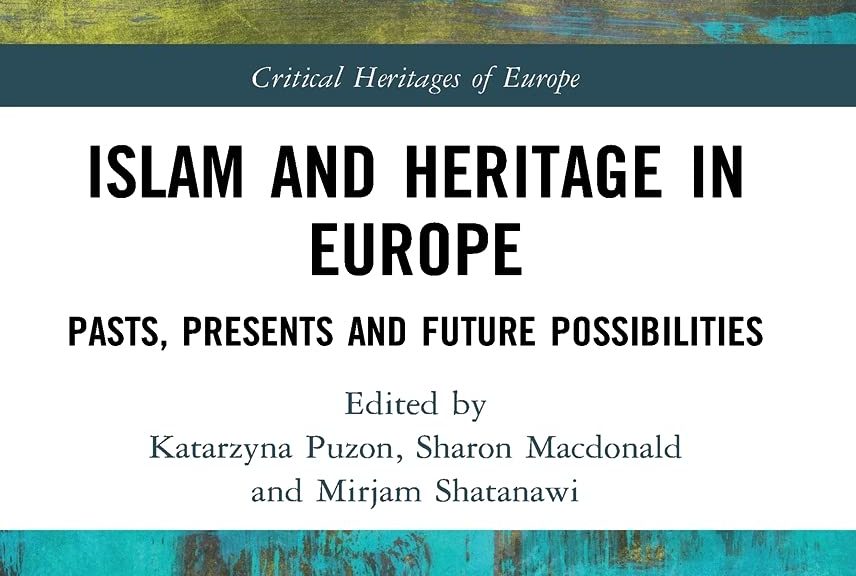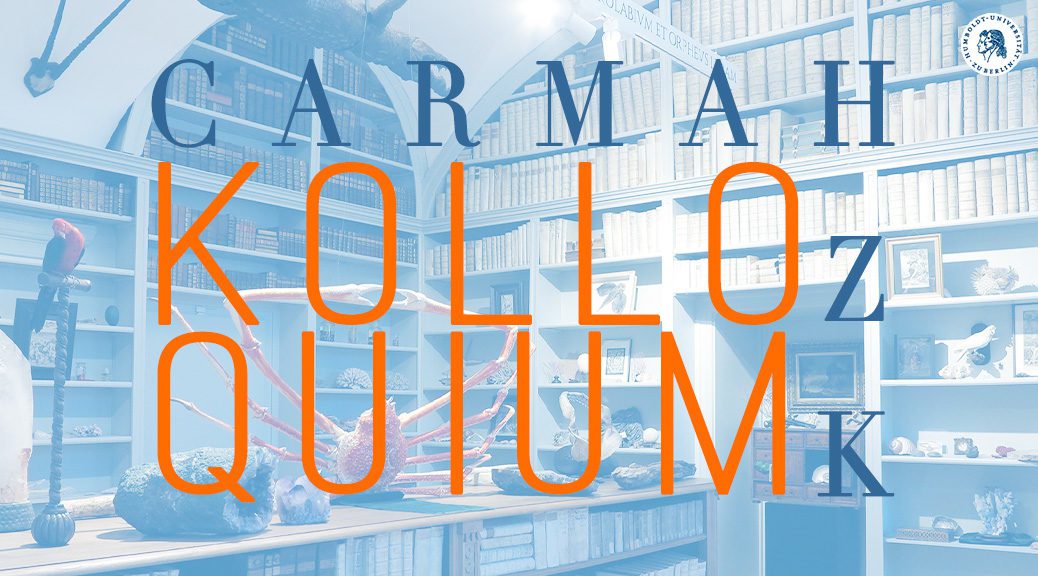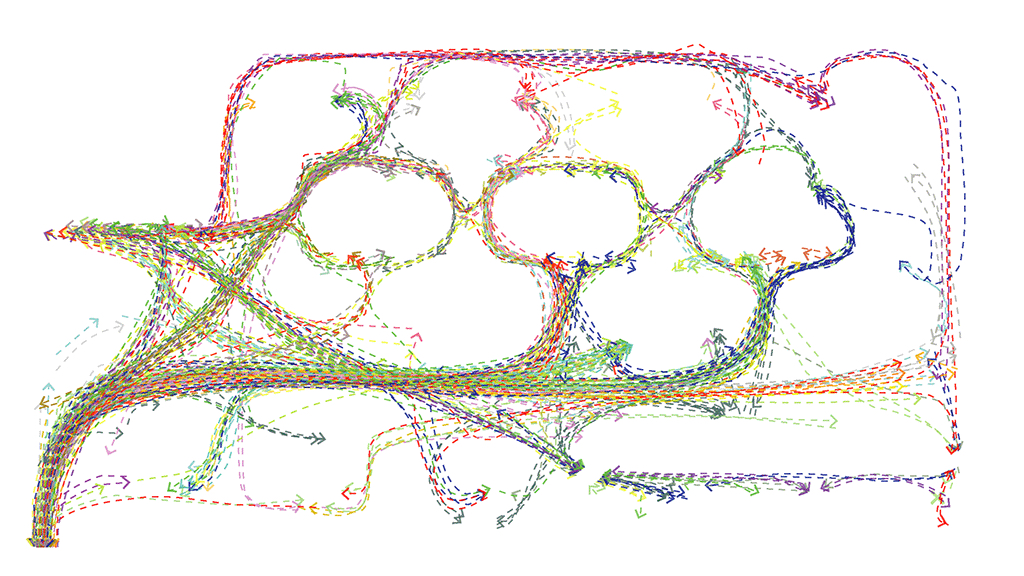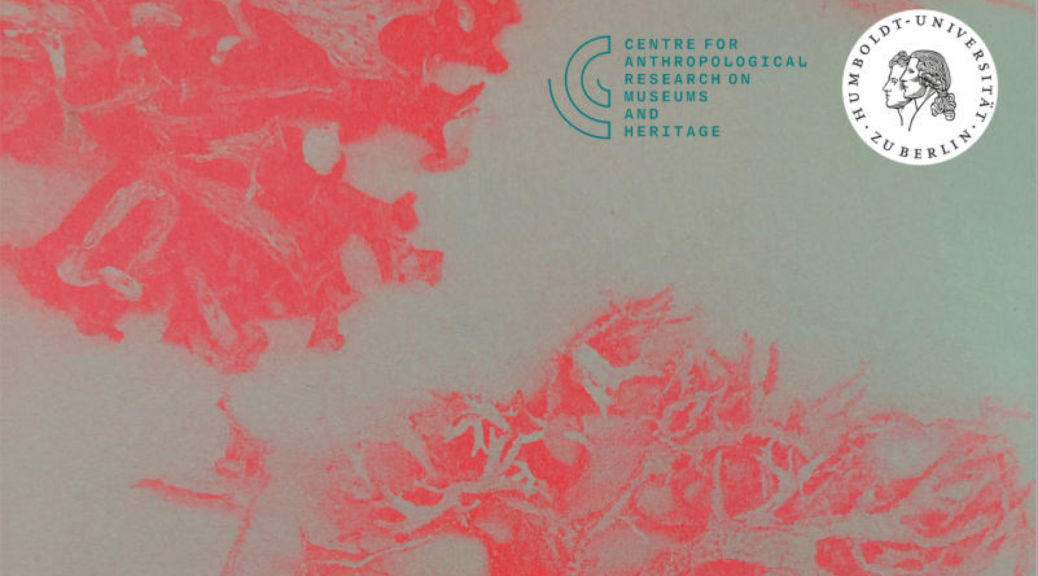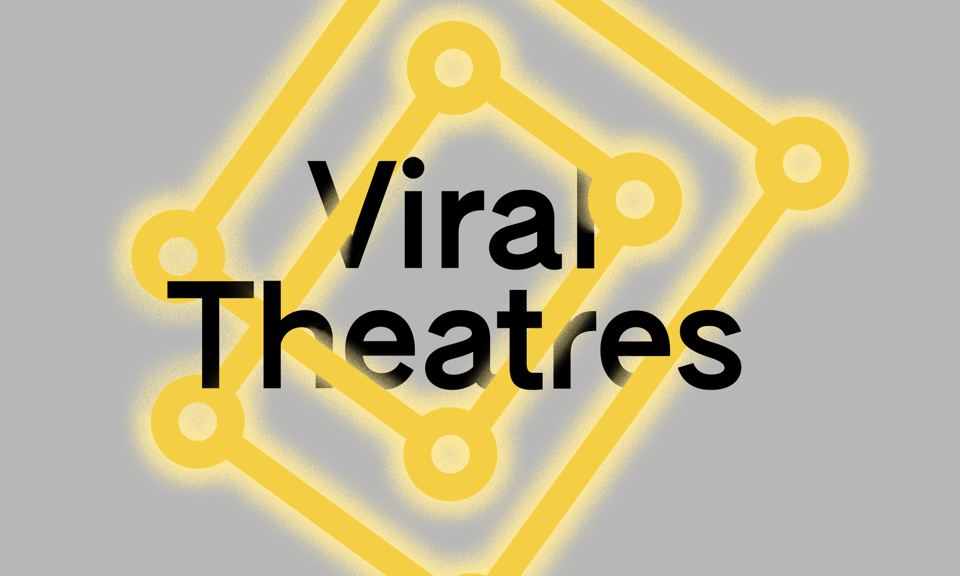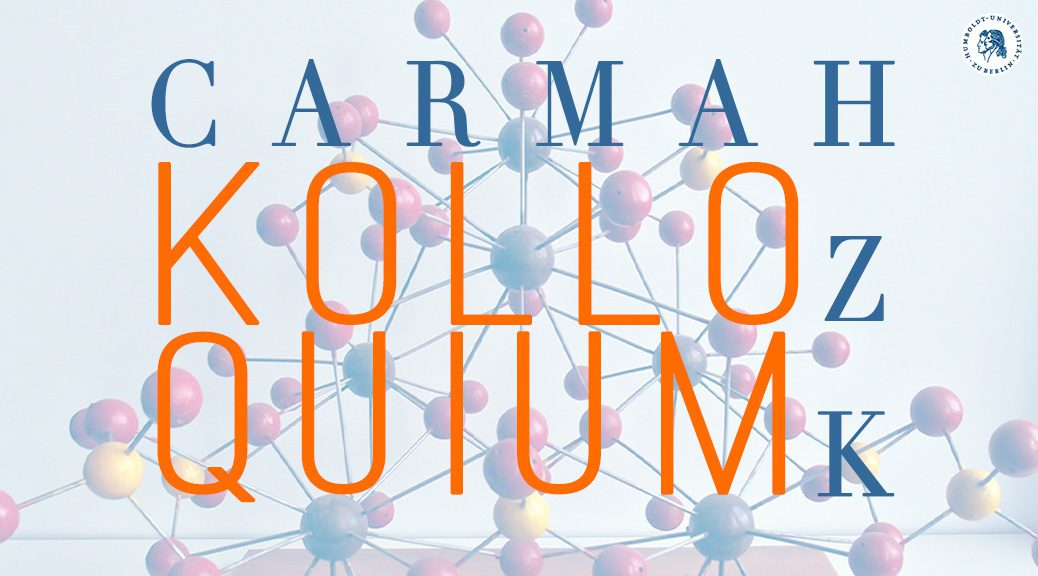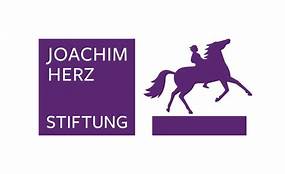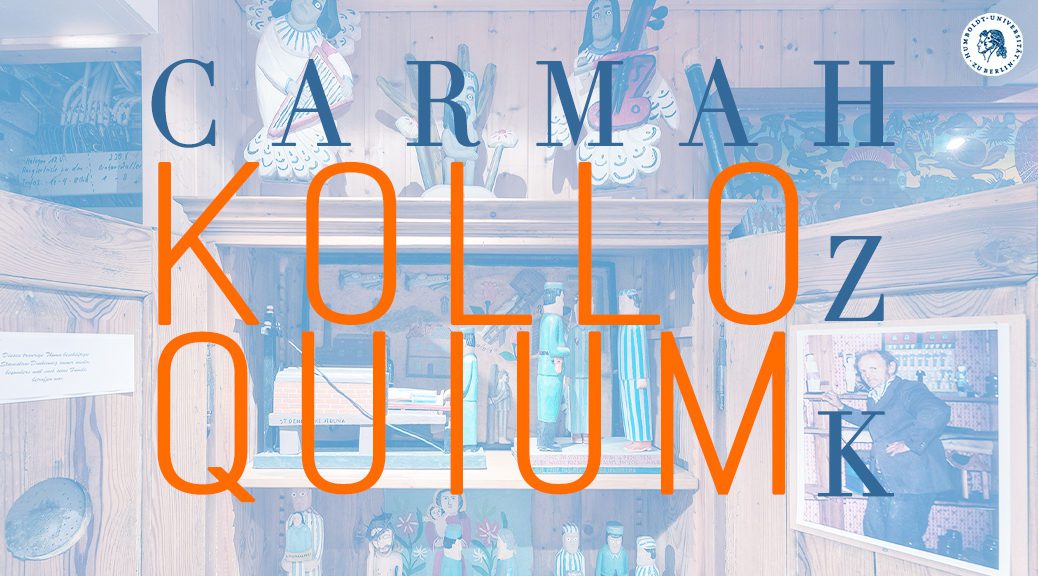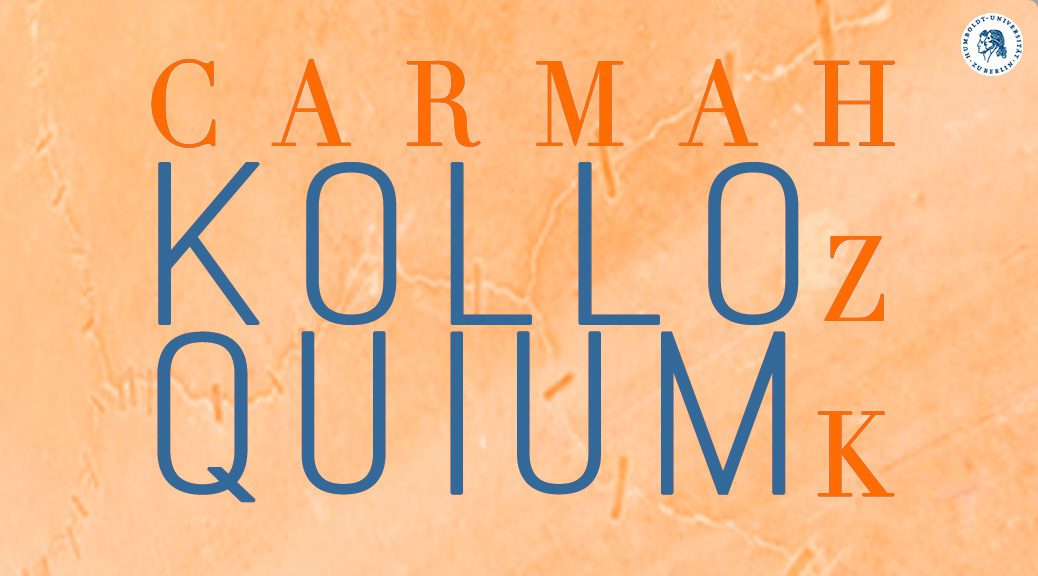Book presentation to celebrate the publication of Islam and Heritage in Europe: Pasts, Presents and Future Possibilities.
Looking at diverse trajectories of people and things, the volume examines developments in various parts of Europe, including France, Germany, Russia, Turkey and the Balkans. We will discuss entanglements between heritage, Islam and Europe and ways in which these entanglements have played out against the backdrop of recent developments, such as debates on restitution, decolonising museums or the ‘refugee crisis’.
The roundtable discussion will include inputs from Wendy Shaw, Peter McMurray, Jesko Schmoller, Avi Astor, Diletta Guidi, Banu Karaca, Mirjam Brusius, Christine Gerbich and Rikke Gram, and the editors, Katarzyna Puzon, Sharon Macdonald and Mirjam Shatanawi.
The event will take place in the framework of the Helmholtz-Zentrum für Kulturtechnik / CARMAH Colloquium Series.
The event will take place at the HZK (House 3, Gerlachbau next to the Tieranatomischen Theater TAT, Campus Nord, Philippstraße 13: https://www.kulturtechnik.hu-berlin.de/en/contact/) and virtually.
